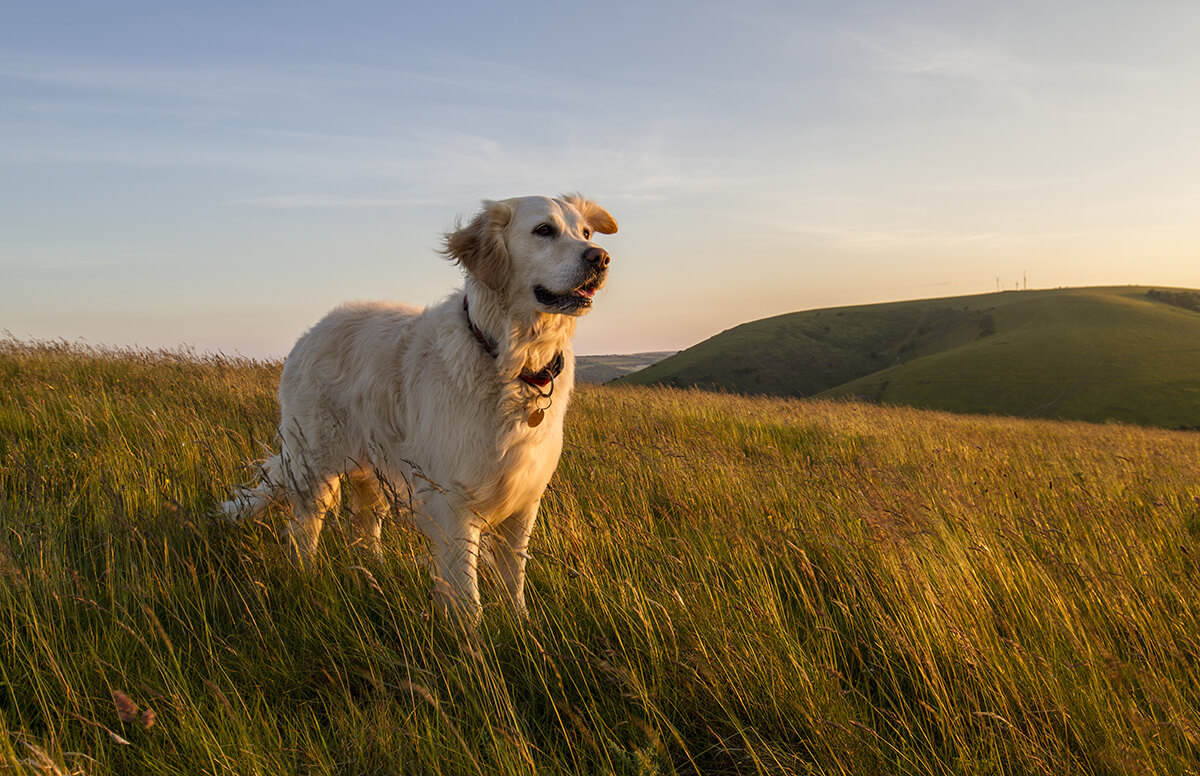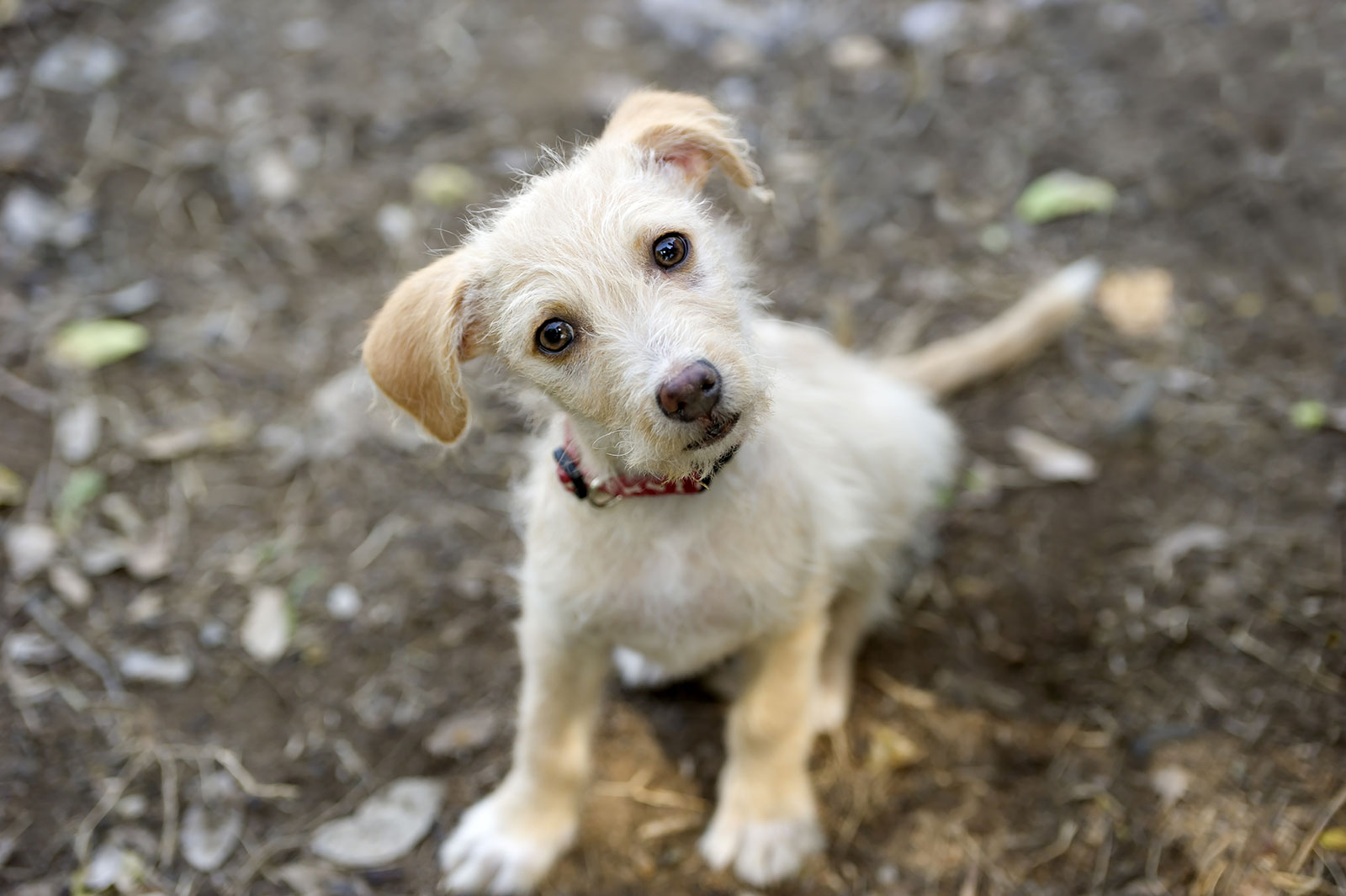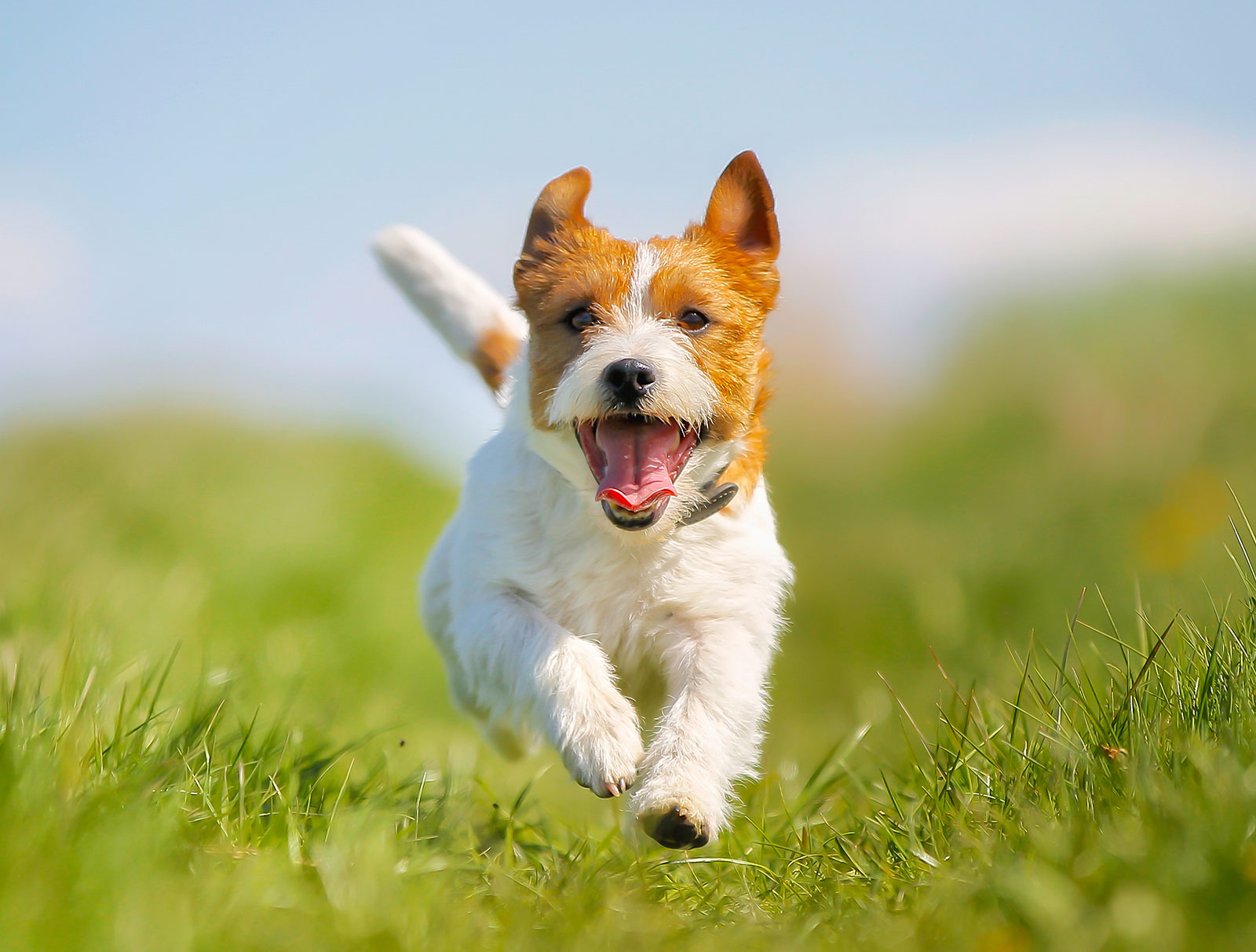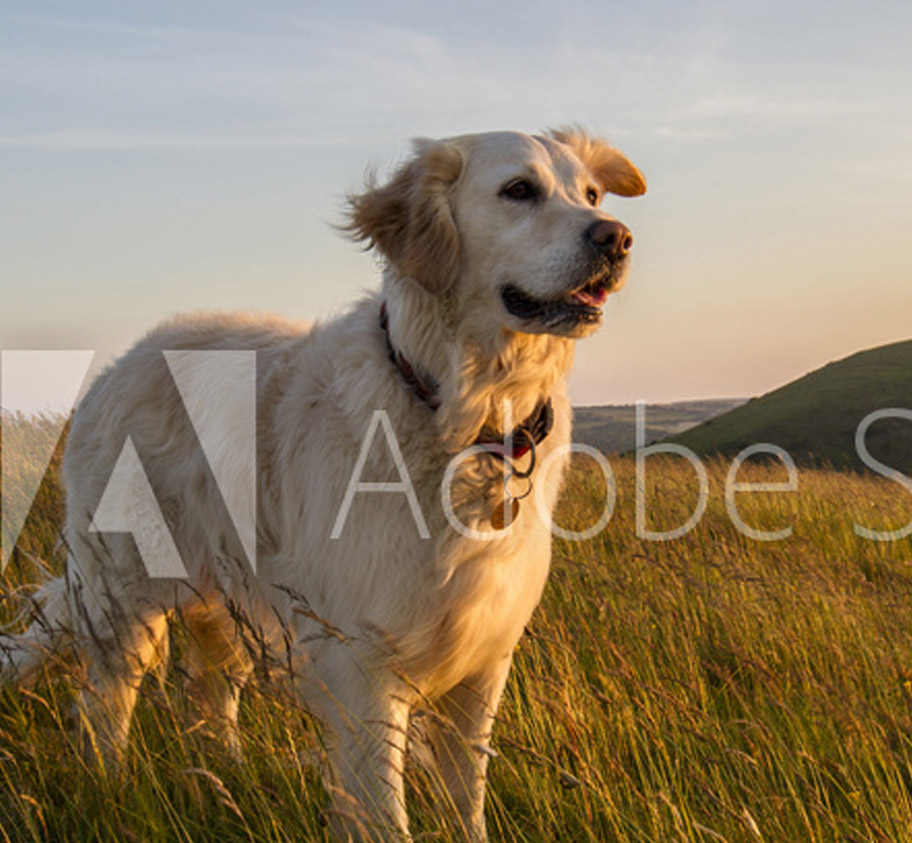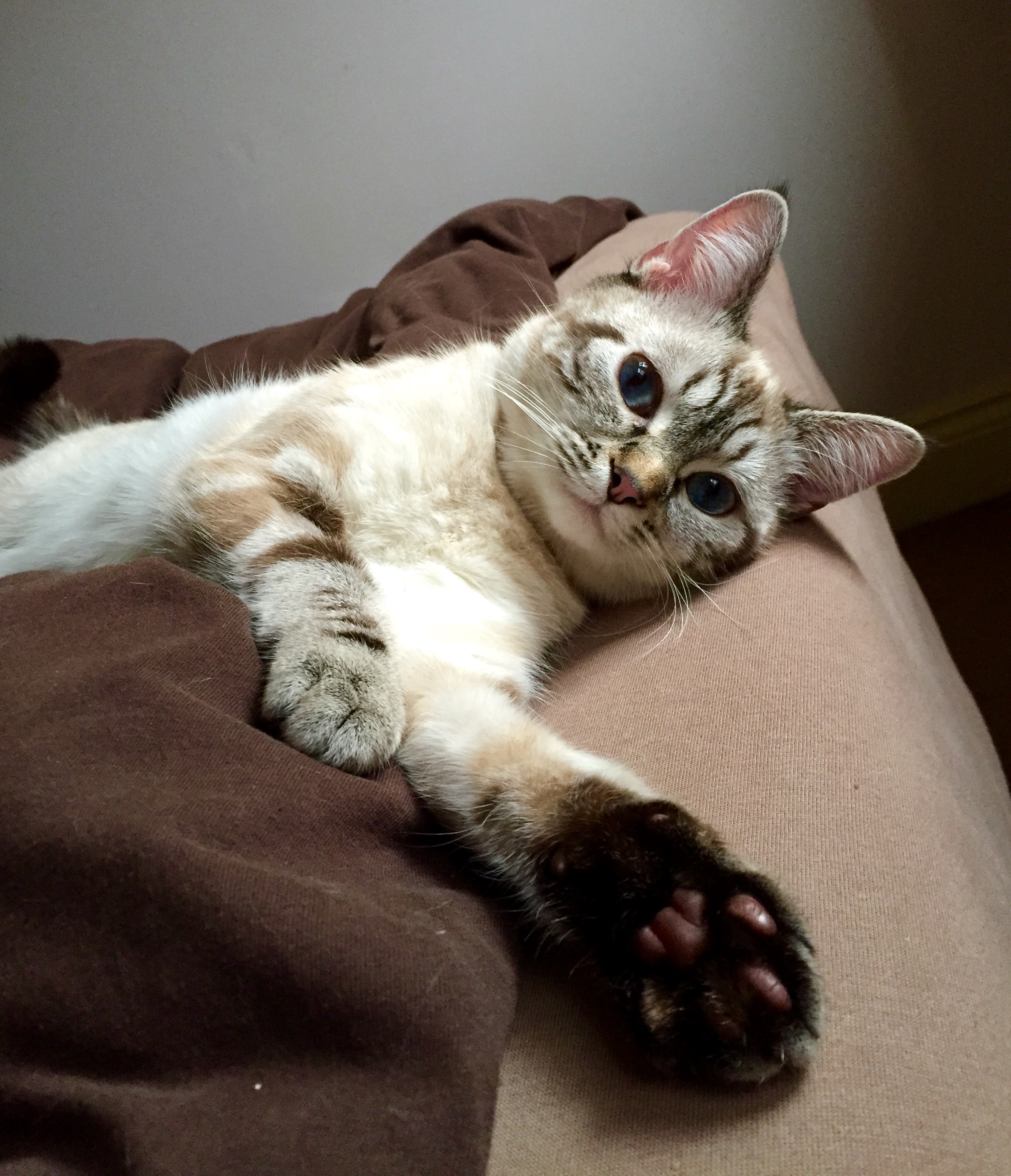
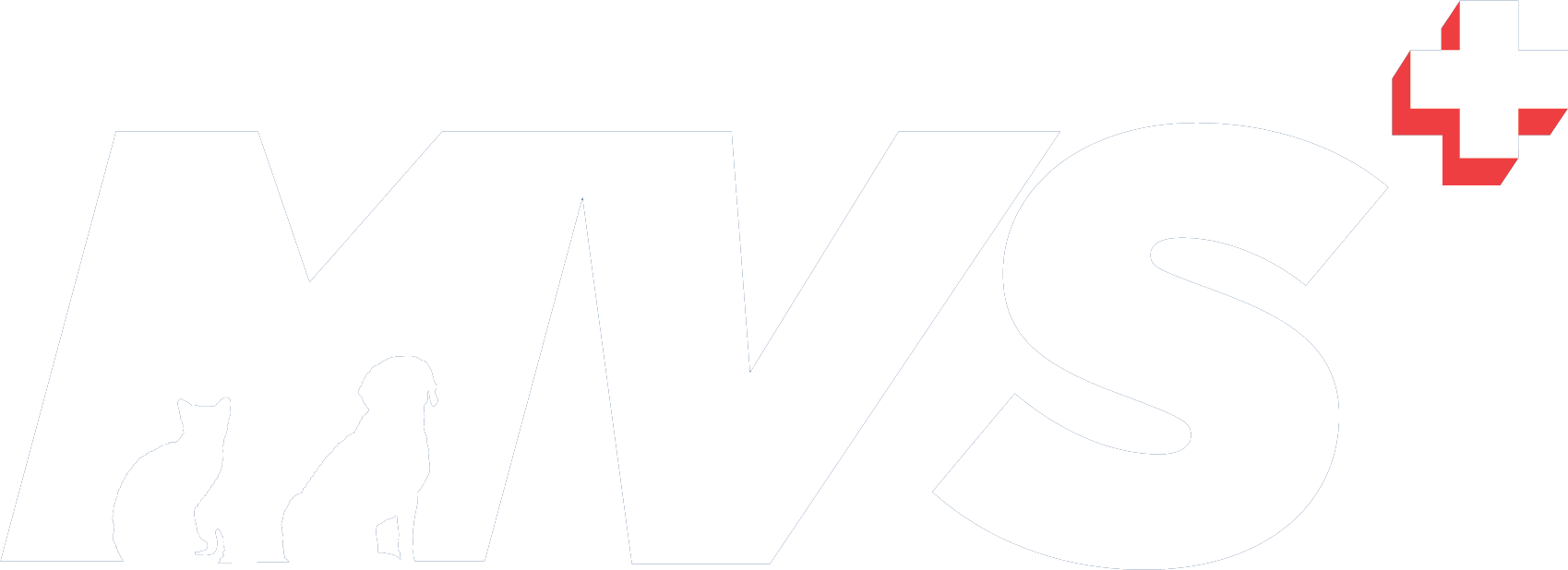 Menu
Menu
Collateral Ligaments of the carpus (Feline)
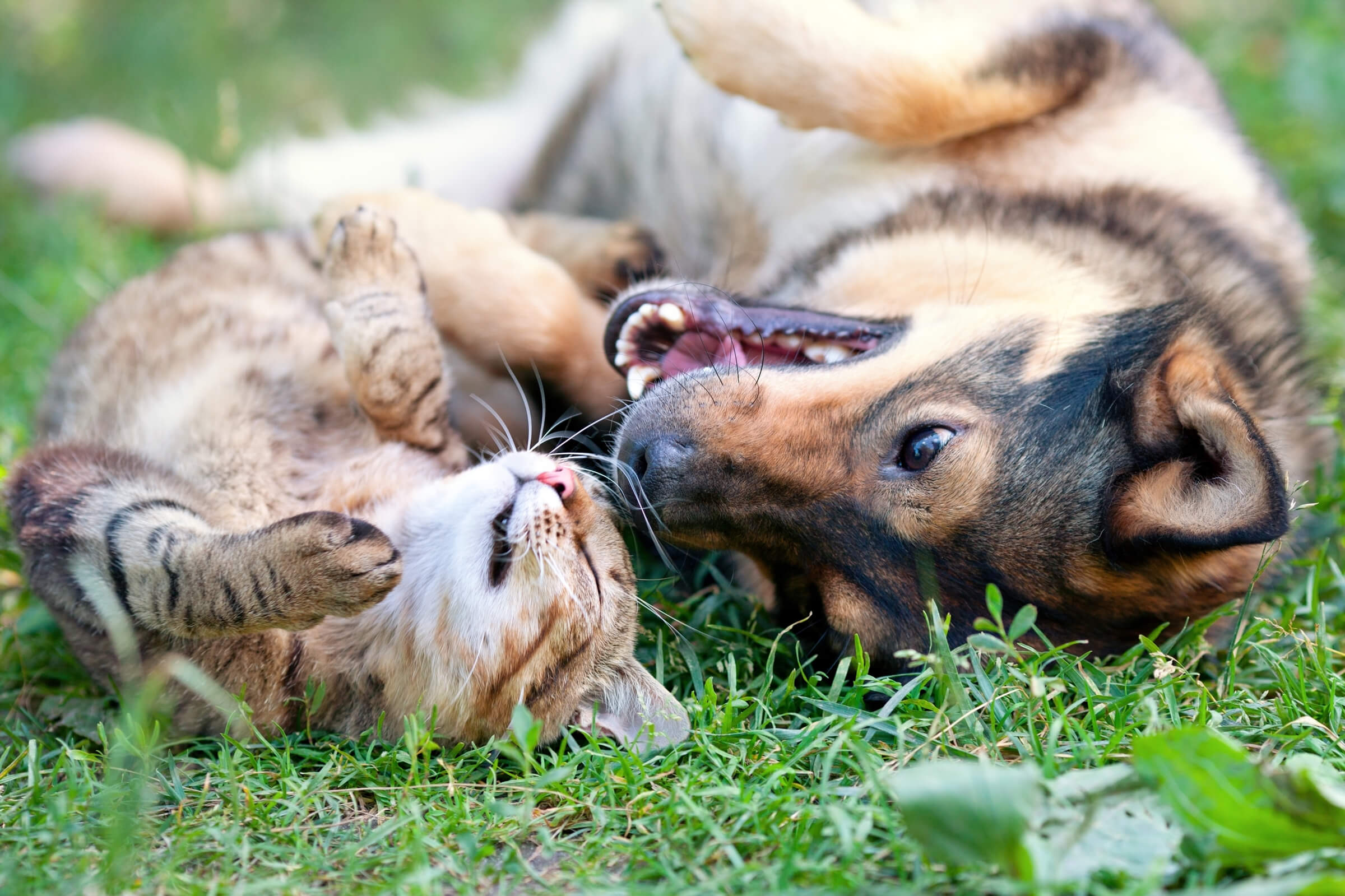
What is Collateral Ligaments of the carpus?
Carpal ligament injuries are a rare condition in cats.
The small bones of the feline carpus (wrist) form a very complex set of joints. The proximal (uppermost) antebrachiocarpal joint is where the majority of carpal motion occurs. This joint is stabilized primarily by two collateral ligaments:
- Radial or medial (inside) collateral ligament
- Ulnar or lateral (outside) collateral ligament
The medial collateral ligament is more commonly subjected to injury. Unlike in the dog, this structure consists of a single broad ligament. In the cat, rupture of the medial collateral ligament is generally involved in radiocarpal subluxation or luxation (dislocation of a small wrist bone).
Cause
Carpal collateral injuries are always due to trauma e.g. falls from height or road traffic accidents. An injury to a ligament is defined as a sprain. There are 3 degrees of severity:
- mild (haematoma/bruise formation)
- moderate (partial tearing of ligament)
- severe or complete (complete disruption of all of the fibres of the ligament or fracture of the bone where the ligament inserts).
Signs
Sprains of the collateral ligaments can result in varying degrees of lameness, soft tissue swelling over the ligament or generally over the carpus (wrist). There may be pain on palpation or when the carpus is manipulated. If the medial or lateral collateral ligaments are only sprained, palpable instability is unlikely. Rupture of the ligament leads to significant instability.
Diagnosis
An experienced orthopaedic surgeon may be able to detect some displacement of the small bones of the carpus. They may also note that there is some hyperextension of the wrist. Standard radiographs are taken to exclude fractures that may accompany the soft tissue injury. Special ‘stress views’ are then performed, whereby lateral tension is applied to the paw to open the joint and assess its stability. However, radiographic opening of the joint is not as obvious or consistent a finding as in dogs.
Treatment
Conservative/Non-surgical Treatment
Conservative treatment may be effective in cases of mild to moderate collateral ligament injury.
Surgical Treatment
- Medial collateral ligament prosthesis
This is the treatment of choice. In this procedure, two screws are placed in the bone at the origin and insertion sites of the medial collateral ligament i.e. the areas where the ligament normally begins and ends. Suture material is then passed in a figure of eight pattern around the screws or bone anchors and tightened in place. This ligament prosthesis mimics the action of the medial collateral ligament, providing support during healing of surrounding soft tissue structures.
The long term prognosis for this type of repair is unpredictable as osteoarthritis can develop and lead to significant debilitation. In these cases surgical salvage with joint fusion, pancarpal arthrodesis, is considered most appropriate. This may be opted for as a primary treatment if the surgeon is concerned regarding long term function.
- Pancarpal arthrodesis
Pancarpal arthrodesis may be indicated to alleviate pain, especially if chronic instability is present and osteoarthritis. Arthrodesis means the surgical fusion of a joint. The bones forming the joint are permanently joined together so that there is no painful movement in this part of the limb. Arthrodesis is a salvage procedure that is generally only performed when there are no other options to save the function of the joint. Although undoubtedly a major undertaking, cats can adapt well to fusion of the carpal joint and enjoy increased comfort levels and quality of life.
Stay in touch
Follow us on social media and keep up to date with all the latest news from the MVS clinic.
